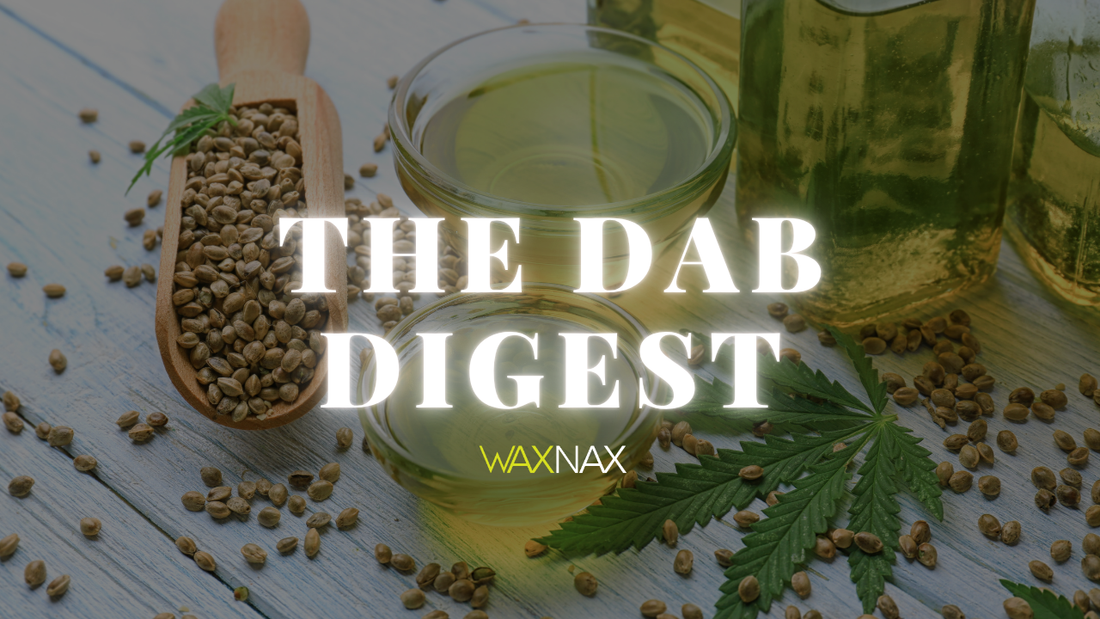
Hemp: The Plant That Keeps on Giving
Share
This week’s edition dives into the power, history, and resilience of hemp — from its roots in ancient textiles to its revival in modern medicine.
A Plant Woven Into History
Long before hemp became a buzzword in wellness and cannabinoid culture, it was a global agricultural powerhouse. For thousands of years, civilizations have cultivated hemp for its strong, fibrous stalks — turning it into rope, sails, canvas, and clothing. In fact, the word canvas itself is derived from “cannabis,” a nod to hemp’s prominence in textile production.
Hemp was a staple of early American agriculture. Colonial farmers were even required by law to grow it in some regions. Its fibers were essential for producing goods that powered industries, supported navies, and outfitted communities. From the rigging on ships to the first American flags, hemp was everywhere — woven into the literal and cultural fabric of early society.
Hemp and the War Effort
One of the most striking examples of hemp’s utility came during World War II. When the U.S. faced shortages of imported jute and other fibers due to the war, the government launched a campaign called “Hemp for Victory.” Farmers were encouraged to grow hemp to support the war effort, producing essential materials like rope, webbing, and parachute harnesses. It was an undeniable reminder of hemp’s strength and resourcefulness — and its value when it mattered most.

The Shift Toward Medicinal Use
While hemp’s role as a textile titan is well documented, its medical potential is now capturing the spotlight. Hemp-derived cannabinoids like CBD, CBN, and CBDa are transforming approaches to wellness. From inflammation and anxiety relief to neuroprotective benefits and recovery support, hemp is proving it’s more than just a fiber — it’s a full-spectrum healing tool. Products like tinctures, soft-gels, transdermal patches, and balms are helping people reconnect with balance in a natural, non-intoxicating way.
Fast Facts About Hemp:
• The first Model T Ford was designed to run on hemp oil and had hemp-based body panels.
• George Washington and Thomas Jefferson both grew hemp.
• Hemp paper was used in the drafting of The Declaration of Independence.
• One acre of hemp can produce as much paper as 4–10 acres of trees over a 20-year cycle.

Why Was Hemp Banned?
Ironically, after helping the U.S. win the war, hemp fell into legal jeopardy. In the 1930s and ’40s, industrial hemp became entangled with cannabis prohibition, fueled by misinformation, racial bias, and industrial lobbying. Powerful industries — including timber, plastics, and pharmaceuticals — saw hemp as a threat to their bottom line. The Marihuana Tax Act of 1937 and later the Controlled Substances Act of 1970 lumped hemp with high-THC cannabis, effectively banning its cultivation. The result was a decades-long suppression of one of nature’s most versatile plants.
Checkout this article by HempAware where they discuss how the Marihuana Tax Act of 1937 associated hemp with marijuana, leading to its prohibition. Click Here.
The Comeback Plant
Today, we’re witnessing a hemp renaissance. Farmers, scientists, and consumers are rediscovering its promise — not just as a textile or supplement, but as a symbol of sustainability, wellness, and freedom. Whether you’re taking a tincture for better sleep or admiring a shirt made from hemp fiber, you’re participating in a story far greater than any trend.

At WaxNax, we celebrate hemp in all its forms — from the molecular to the meaningful. Here’s to bringing this ancient plant forward — smarter, cleaner, and more connected than ever.
Until next time.. Happy dabbing everyone!
- The WaxNax Team


